How is COVID-19 Affecting the Deaf Community?
Before the pandemic, the primary form of communication between the deaf and hearing communities was lipreading. During a global pandemic where masks are a safety requirement, the key skills of lip-reading have been eliminated, leaving the deaf community feeling isolated.
Mr. Green, a deaf American Sign Language teacher at SHC, shares how his teaching and communication have changed due to the pandemic. Mr. Green explains that, before the pandemic, “I was able to communicate with my students through both ASL and lipreading, [during the] pandemic, I can’t communicate with students wearing masks.” He explains that the greatest challenge of this pandemic for him is mask-wearing, saying that because “everyone is required to wear a mask, I can’t communicate with anyone because I greatly depend upon lipreading to comprehend and communicate with others due to my deafness.” He also remarks that he feels “disadvantaged and frustrated” by how this pandemic has turned out.
Mr. Green’s ASL classes have changed during COVID-19; as Sicily Dowdell, one of Mr. Green’s students, says, “Class is definitely different because of the pandemic, but we are still able to do group projects and similar activities that we did in person.” Currently, staff and students primarily communicate with Mr. Green through the Zoom chatroom, the classroom whiteboard, or a quick email. Because the majority of his students are still learning sign language, students rely on the chat to answer Mr. Green’s questions rather than trying to sign a message over Zoom with the entire class watching. Sicily Dowdell describes, “Mr. Green has always been there to answer my questions directly on Zoom or by email when we are out of class!”
Mr. Green has always been there to answer my questions directly on Zoom or by email when we are out of class!
— Sicily Dowdell
Although Mr. Green makes himself readily available to help his students, still many communication issues derive from holding class over Zoom. The majority of students in Mr. Green’s ASL classes have their cameras turned off because of technical difficulties or because they do not feel that they must be on camera because the chat is easily accessible. Though this may be more comfortable for the students, it completely takes away from how interactive ASL class should be; a language that relies on facial expressions and movement becomes useless when nobody is able to see each other.
Despite these challenges, Mr. Green also describes some ways in which SHC has kept him involved throughout distance and hybrid learning. During faculty meetings, Ms. Payawal, another ASL teacher, interprets and relays the conversation to him. Mr. Green has found the hybrid schedule beneficial when students “have me to teach in the classroom with visual presence and assist them.” For Mr. Green, seeing students and faculty in person has greatly improved communication. Over Zoom, Mr. Green asserts that students’ “cameras should always stay on to [give] a visual [to] the teacher who is deaf and signs in ASL.” Although COVID-19 has hindered communication in many ways for the deaf community, Mr. Green mentions that waving hello is the main interaction others can provide and is a friendly way to reach out during the pandemic.
In addition, Mr. Green has played a major role in continuing Mass virtually. Before the pandemic, Mr. Green had his senior ASL students interpreting the entirety of the Mass live. Not only was this necessary to include the deaf community, but it also was a beloved part of the Mass for the hearing community of SHC. When the pandemic first began, Mr. Green quickly adapted to continue this tradition over Zoom. Mr. Green’s contributions have allowed SHC to keep a strong sense of community during a time of separation.

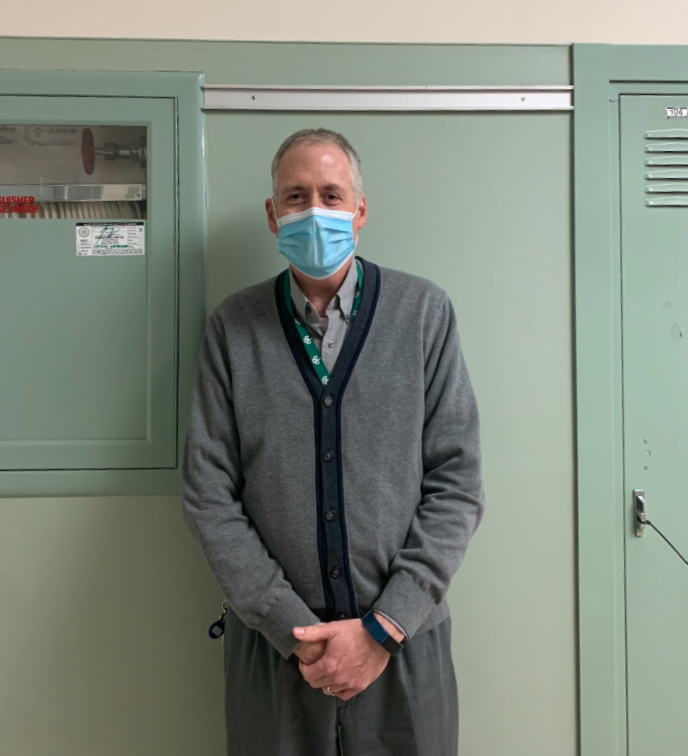
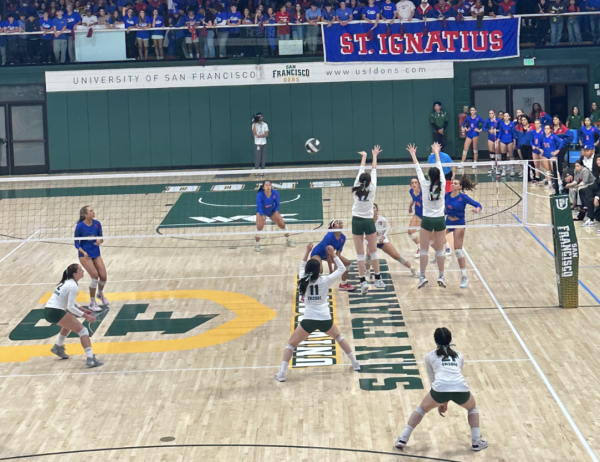
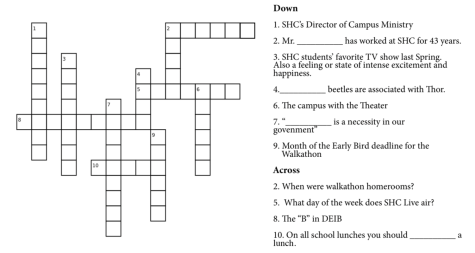

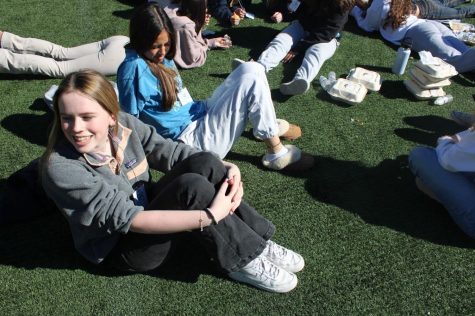
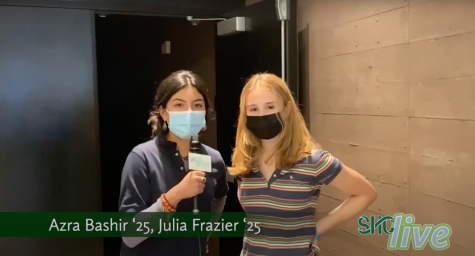
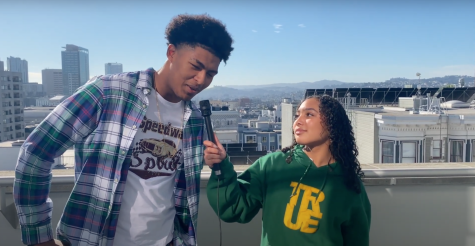
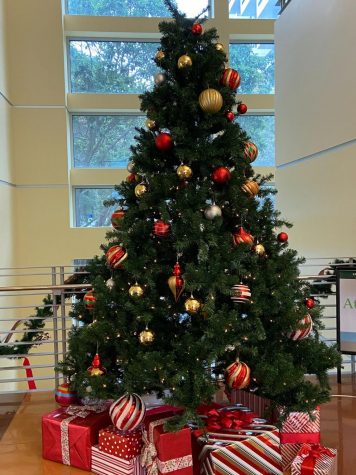


Cristin Kuehl • May 16, 2021 at 7:13 pm
What a beautiful and important article! Thanks for writing, Ruby!
John Hammond • May 14, 2021 at 11:27 am
I have learned of Mr. Green’s love for all sports in his home state of Indiana . Whether we talk about the Indiana Hoosiers hiring of a great new head coach with NBA experience to lead their basketball program into the future or when we talked about Philip Rivers becoming an Indianapolis Colt new QB through free agency last year in the NFL. Mr. Green always takes the time to ask me about my favorite teams at Cal & Michigan State. Mr. Green’s thoughts , energy & love for life always shines through in our interactions even though I can’t sign. Proud to work in the same community as you Mr. Green! -Sincerely John Hammond.